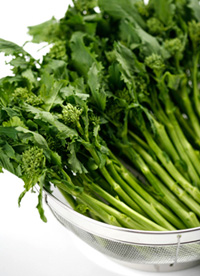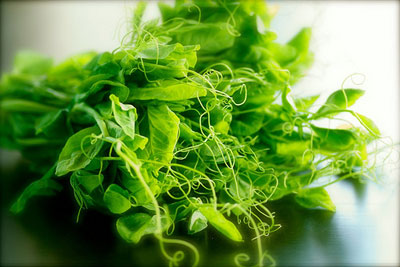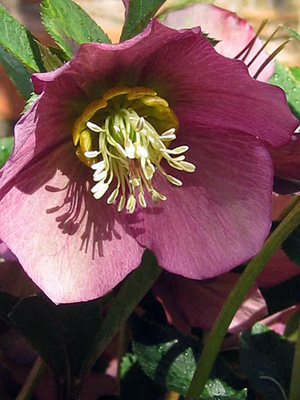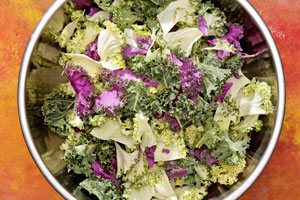 I know there are other things to do with rapini but I am stuck in a happy rut. I always eat it exactly the same way. Rapini also called broccoli rabe looks like a leafy miniature broccoli and has a slight bitterness to it that marries well with the richness of Italian sausage. Toss that combination with a little onion, garlic, chili flakes and pasta and you're in business.
I know there are other things to do with rapini but I am stuck in a happy rut. I always eat it exactly the same way. Rapini also called broccoli rabe looks like a leafy miniature broccoli and has a slight bitterness to it that marries well with the richness of Italian sausage. Toss that combination with a little onion, garlic, chili flakes and pasta and you're in business.
Broccoli rabe or rapini was something I ate in Italy, there it was blanched and then sauted in olive oil with garlic. Only in Italy it was called broccoli rape pronounced "rah-pay". But I imagine the "rape" name has not helped it much in the popularity department in the English speaking world. If you look it up in the dictionary it turns out to have even more names – rapa, raab, rappone (for big bunches I guess) Italian turnip, taitcat and turnip broccoli. In Italian rapa means turnip and broccoli means broccoli.
As for the identity crisis – am I a turnip or am I broccoli? It is a relative of the turnip and yet looks more like broccoli. As far as the names goes, I think I'll stick with rapini.

 A couple of weeks ago I experienced a revelation: I tasted my first pea shoot.
A couple of weeks ago I experienced a revelation: I tasted my first pea shoot. During the season of Lent, an herbaceous perennial sends up its hearty bells of florets on sturdy stems – bridging the gap between winter and spring.
During the season of Lent, an herbaceous perennial sends up its hearty bells of florets on sturdy stems – bridging the gap between winter and spring. Kale is about as unlikely a food star as you can imagine. It's tough and fibrous. Bite a piece of raw kale and you'll practically end up with splinters between your teeth. Nevertheless, kale has become a green of the moment because, given a little special care, it actually can be made not only edible but delicious.
Kale is about as unlikely a food star as you can imagine. It's tough and fibrous. Bite a piece of raw kale and you'll practically end up with splinters between your teeth. Nevertheless, kale has become a green of the moment because, given a little special care, it actually can be made not only edible but delicious.